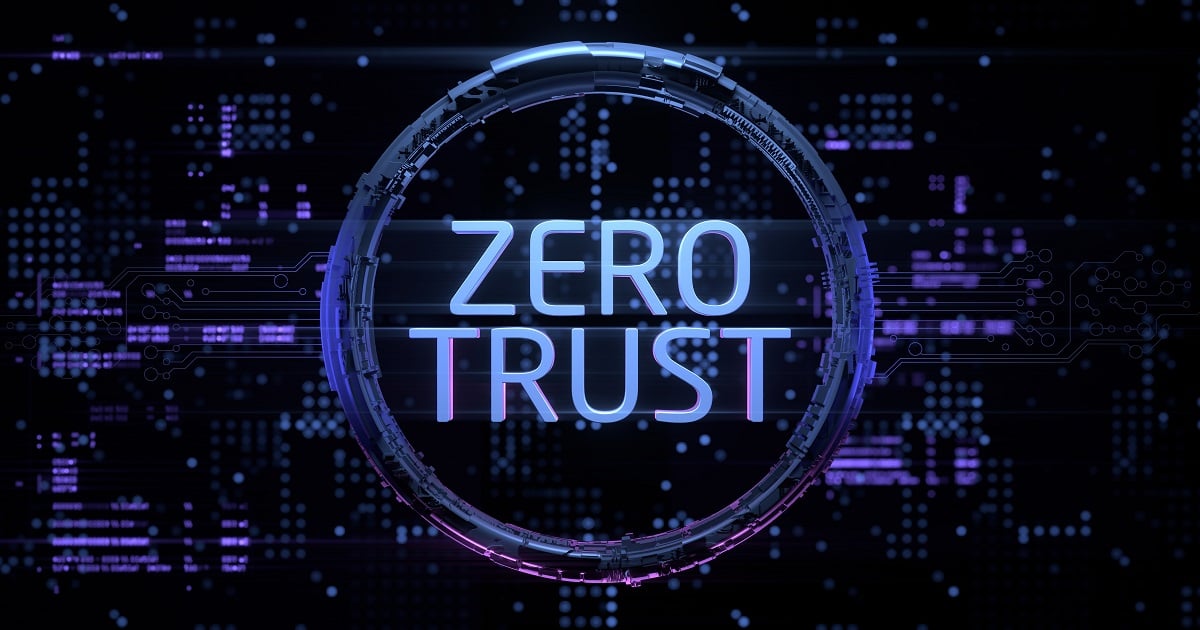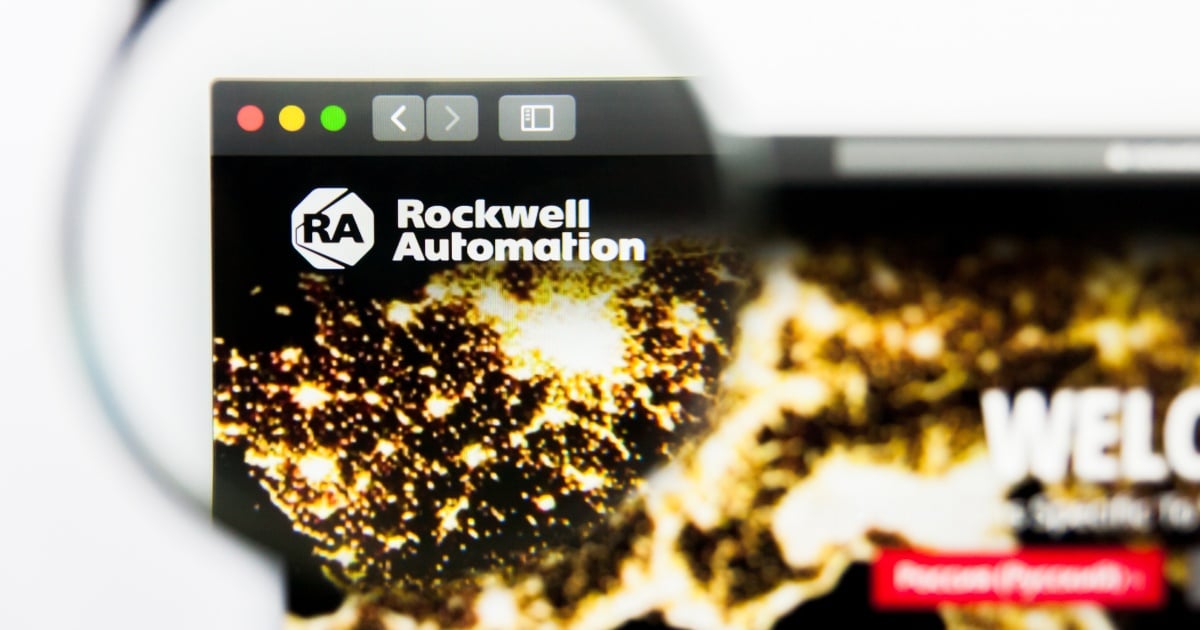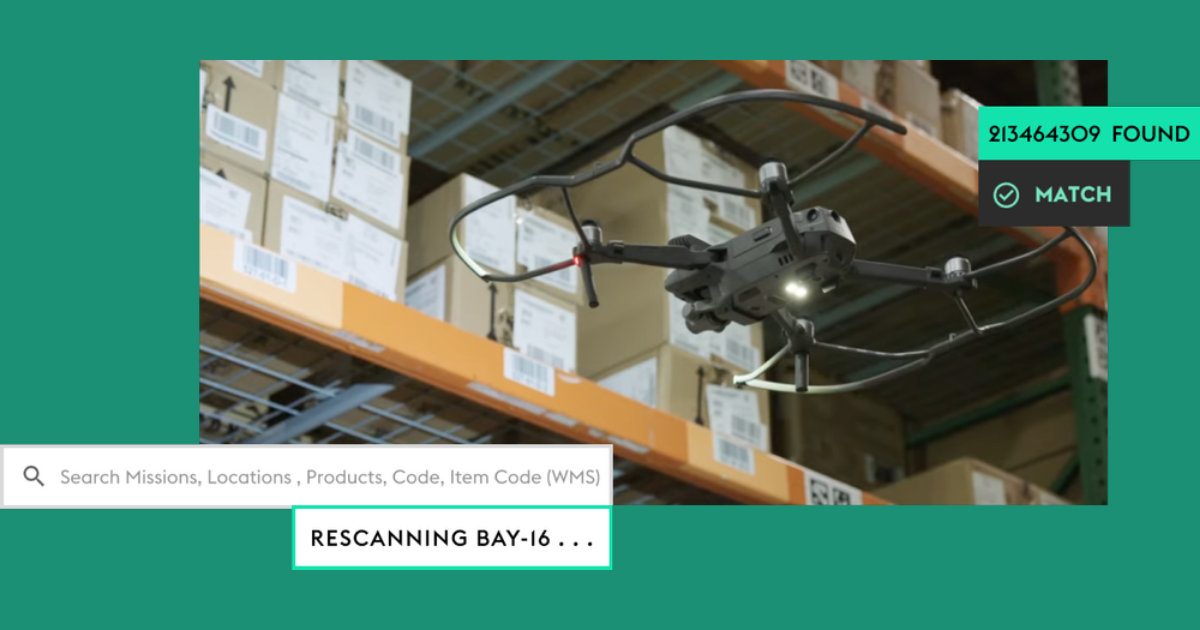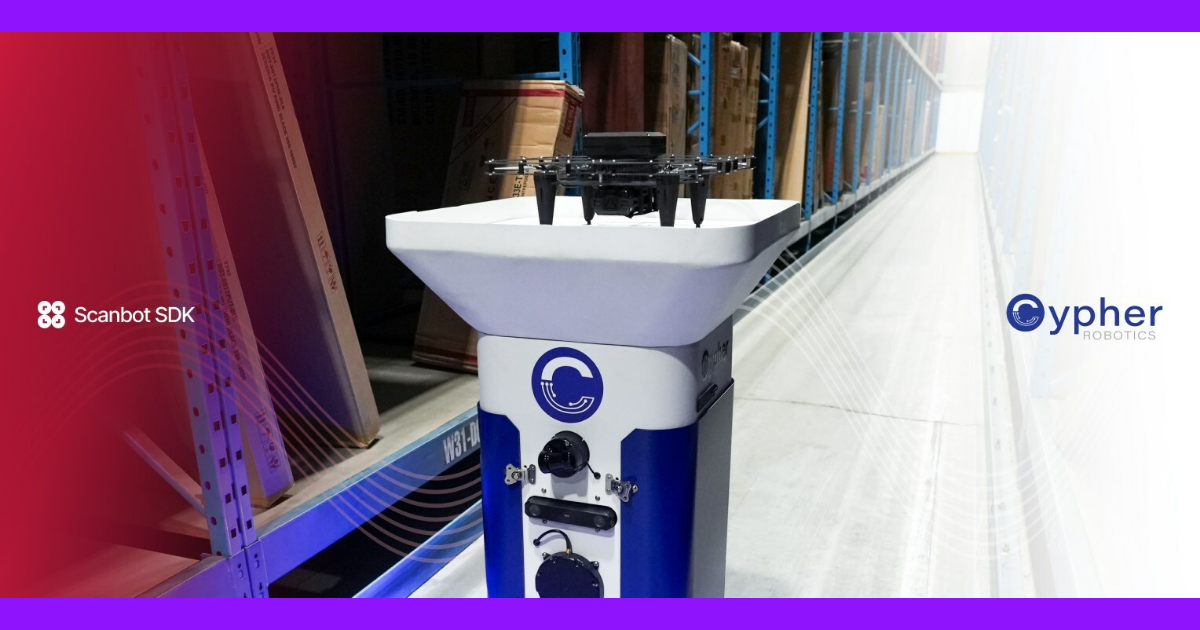
In the beginning of this century, the web had become a large digital library where people would go to access information and media. The growth of connected mobile devices gave birth to the era of mobile internet and ensued a fundamental change in how people engage with each other and businesses in the digital world. The birth of central cloud provided enterprises with accessible computational resource to host their solutions’ backend without spending large amounts in infrastructure.
Over the past decade, however, as pipes got fatter and computing devices including smartphones became more powerful, applications running on our devices evolved from simple entering and rendering of information to offer more complex features. They also changed our behavior and role from consumers to producers of data and content. We started posting content and media on social media, blogging, connecting our wearables, thermostats, doorbells, elevators, manufacturing equipment and many other sources of data to the Internet. In effect, we transitioned from the era of mobile internet where siloed apps provided us with point services to a hyperconnected web where everything needs to talk to everything else.
Today’s applications do much more complex operations than just a few years back such as connecting with peripherals, calculating locations, proximity and routes, meshing information from different sources, video overlays, augmented reality, interpreting voice commands and many other functions. Most of these applications are built relying mostly on servers in the cloud and leverage only a fraction of the computing resources on so called client devices on the edge of the network. Moreover, according to Gartner less than 20 percent of industries have gone through their cloud journey and the rest of the 80 percent are in planning stages. Some examples are connected classrooms, hospitals, oil rigs, homes, manufacturing sites, warehouses, AI driven systems, and many others.
The current fixed and hierarchical central cloud architecture cannot efficiently meet the demands of the hyper connected web. Let’s consider a few use cases as examples:
Why should internal communications on slack leave our offices and be sent to a server in a data center hundreds of miles away? Why should I have to transfer a large video file to Google Drive running on a server hundreds of miles away to share with a colleague that is sitting across the table from me? The analogy for this in our physical lives is to send a package with FedEx from Los Angeles to Las Vegas and back in order to give it to my roommate sitting on the same sofa with me in our apartment in Los Angeles!
Changing landscape
The explosion of computing devices and embedded computing in all things may seem to have created an insurmountable challenge for processing massive amounts of data. However, this would be a glass half empty view of the world. The glass half full view is realizing the opportunity to leverage massive amounts of computing and storage resources at the edge that today are only used to run the client parts of the applications. Today’s smartphones and other connected computing devices such as PCs, game consoles, tablets, smart appliances, etc. have more computational power than the servers of just a decade ago. Why not use these resources as servers when it makes sense?
The other relevant trend is the decomposition of cloud hosted applications into serverless microservices. The emergence of microservices and their automated deployment is contributing to a serverless backend environment that has brought unprecedented efficiencies in hosting and managing applications. There is a great opportunity to use the same approach on computing devices on the edge to gain massive efficiencies.
A new way
The current fixed and hierarchical client-server approach makes central cloud resources and network connectivity the bottleneck for future growth. Sending data from hundreds of billions of client devices to hundreds of millions or more centralized cloud servers wastes bandwidth and energy and has serious negative social and economic implications.
Furthermore, developers are heavily dependent on third party cloud service providers who are seriously exposed to attacks risking business intelligence on their operations and data stored or processed on their servers. Essentially, a handful of large companies must process most of the consumer and enterprise data and ensure its privacy and security. Despite all the sophisticated security measures, central cloud exposes the owners of the data to risks. The smart approach is to use these resources only when they’re absolutely essential and not because they’re more convenient and readily available.
Enabling any computing device to act as a cloud server when feasible can reduce the reliance on third parties. Computing devices on the edge of the network can work seamlessly with resources on private and public clouds. Additionally, some microservices can be hosted on edge devices instead of centralized servers making development and maintenance of applications faster, less costly, and more flexible to changing requirements of digital applications and services in our hyperconnected world.
Edge power
By acting as servers, these edge devices can perform many of the functions of servers in the cloud. This will create an edge cloud that is significantly larger and more powerful than the centralized cloud.
For example, there are currently over 80 million Sony PlayStation 4 (PS4) consoles in peoples’ homes. This represents more than 600 million processor cores and 40,000 petabytes of storage. In comparison, this is much larger computing, storage, and memory resources in the aggregate than the entire Amazon Web Services (AWS) infrastructure. PS4 is only one type of device. There are billions of smart phones, PCs, set-top-boxes, game consoles, streaming players, routers, tablets, and other computing devices that can potentially act as edge cloud servers.
The benefits of a hybrid edge cloud where central and edge computing resources are combined in a seamless fashion are phenomenal: reduced cloud hosting costs and communication bandwidth to improved data privacy, network efficiency, reduced energy consumption and carbon emission. We have an opportunity to accelerate digital transformation in all industries and vertical sectors that are currently sitting in a limbo and looking for a viable solution that can use all the benefits of public cloud without sacrificing data privacy and grappling with financially not viable hosting costs and unacceptable latencies.
Software-driven
Cynics might argue that such a fundamental change will require significant investment in overhauling network infrastructure. Yet, an application-level software-driven model requires no change to the low-level design of these edge devices. No changes to hardware or operating systems are necessary. Instead, developers have the choice to decentralize the existing cloud infrastructure and offload most of the processing and storage to edge devices that today are used almost exclusively as clients and are dependent on central cloud for many functions that they can easily manage independently.
Ultimately, a distributed hybrid edge cloud environment will provide consumers and enterprises with more control over their data, minimize the cost of cloud hosting and delivery of application and services, and improve network and application performance.
Decentralization is the next revolution in cloud computing and an essential element to drive the fourth industrial revolution without sacrificing our digital freedom.
About the author: Fay Arjomandi is founder and Chief Product Officer at mimik. Arjomandi was the CEO at NantMobile, Tensorcom, and Vodafone xone, and Mobidia. She was a board member of Vodafone America’s Group Enterprise, and the Chairwoman of Vodafone Americas Foundation. Fay was the co-founder and CEO of three start-up companies: L3 Technology, Mobidia, and Disternet (now mimik).
Edited by
Ken Briodagh





